About the Idaho Beginner Rifle Class
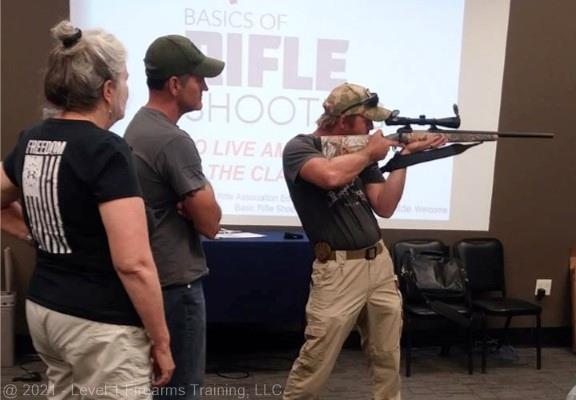
Idaho Beginner Rifle Class 101 teaches beginner rifle students the essentials of rifle shooting. This is done by leveraging Modern Rifle Training Techniques with old-school training, which are guaranteed to get you on the firing line in a shorter time.
Idaho Beginner Rifle Class 101 focuses on firearms safety, our primary concern whenever anyone handles a rifle.
Beginner rifle classes introduce the students to the many available rifles on the market and discuss the best rifle for their intended use. We help students choose which rifle action is best for their hunting environment, and which caliber is best to use, and help you choose the perfect ammunition for the hunt. From loading the first round of ammunition to taking your first shots, Level 1 Firearms Training has got you covered.
Idaho Beginner Rifle Class 101
Beginner Rifle Classes start with understanding the Basics of Firearms Safety Rules as they apply to all guns, not just rifles. At level 1 Firearms Training LLC, we focus on two primary safety topics: Basic Idaho Rifle Laws, Safe Rifle Handling, and Secure Rifle Storage.
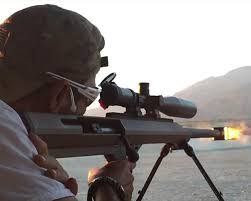
Owning a firearm, whether a pistol, rifle, shotgun or any other variant, is a responsibility that rests solely on the firearm owner. While there are multiple ways to state gun safety rules, some instructors feel students need further elaboration.
For example, the primary gun safety rule is always to point the gun in a safe direction. Why do that? Because you are assuming the gun is loaded. However, other instructors will always say to treat a gun as if it is loaded. It’s the same statement put differently. There’s nothing wrong with that, either. If the instructor feels his students need further clarification, that could be good. It simply results in more rules than necessary to accomplish the same goal – safety.
Basic Gun Safety Rules
At level 1 Firearms Training, we have adopted most, if not all, of the same commonly used firearm safety rules. We have prioritized and listed these rules based on what appears to be a more thorough and thoughtful presentation.
- Keep Firearms Pointed in a safe direction at all times. Some training academies will state the number one rule is always to treat the gun as if it is loaded. This is an obvious and unnecessary statement. By pointing the gun in a safe direction when you are handling it, you are treating it as if it is loaded.
- Always Keep the Firearm Unloaded. Your firearm does not need to be loaded if you are not using it (such as when it is stored in a safe).
- Keep Your Finger Off the trigger. A gun is not going to shoot without someone pressing the trigger, it’s simple, don’t put your finger on the trigger unless you intend to shoot the firearm.
- Know Your Target and Beyond: If you don’t know what’s behind the target, don’t shoot. If you don’t have a clear line of sight before you shoot, don’t. If you don’t know what’s on the other side of the door, don’t shoot.
- No alcohol, cannabis, or drugs before and during firearm use; this should not need additional explanation.
- Keep firearms and ammunition in a safe: Store the two in separate safes and locations.
Safety rules and additional precautions are explained in more detail on our Safety Rules page.
Bolt Action Rifle – Best Dependability
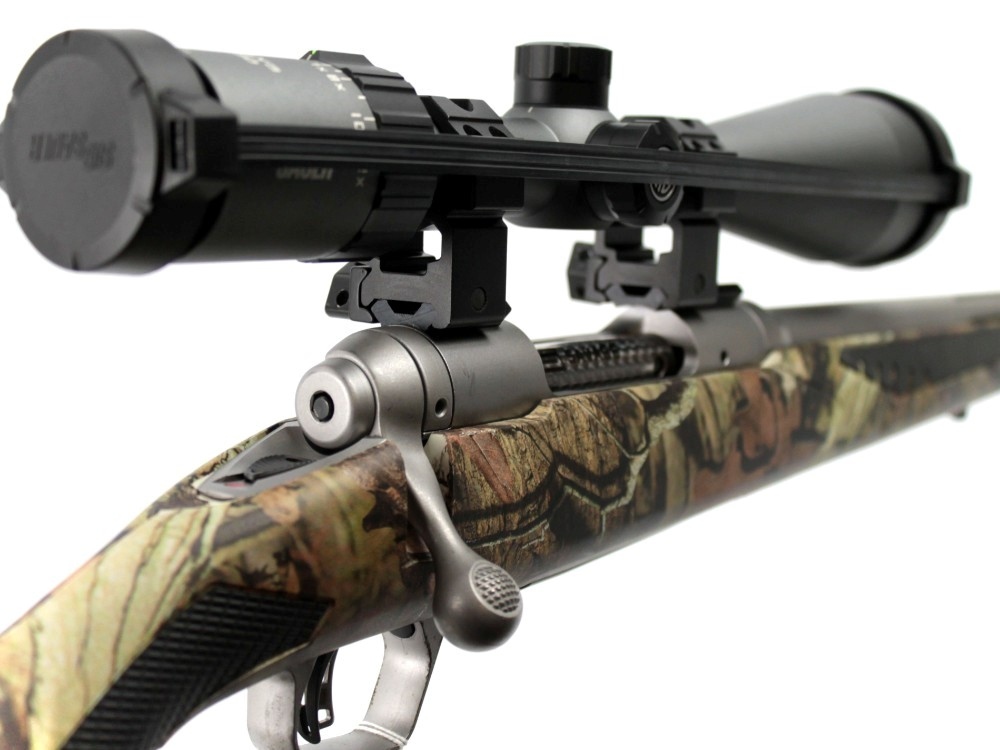
Bolt Action Rifles are also discussed during our Idaho Rifle Essentials 101 Course.
Bolt action rifles are known for their reliability when hunting or shooting long distances. Bolt action rifles have been used by our military since the early 1800s. No soldier around wants to worry if their rifle will shoot.
Bolt action rifles are easy to learn and easy to shoot. In essence, there is only one moving part – the bolt. The bolt only moves when it is manually manipulated by the shooter.
Bolt action rifles are essentially foolproof and will shoot when called upon. Bolt action rifles are easy to clean and easy to maintain. There’s very little to take apart when cleaning or when you need to oil the bolt. A bolt action rifle is very dependable because all it has to do is fire the carriage when the trigger is pressed, the rest is up to the shooter.
30-30 Ammo – Medium-Sized Game
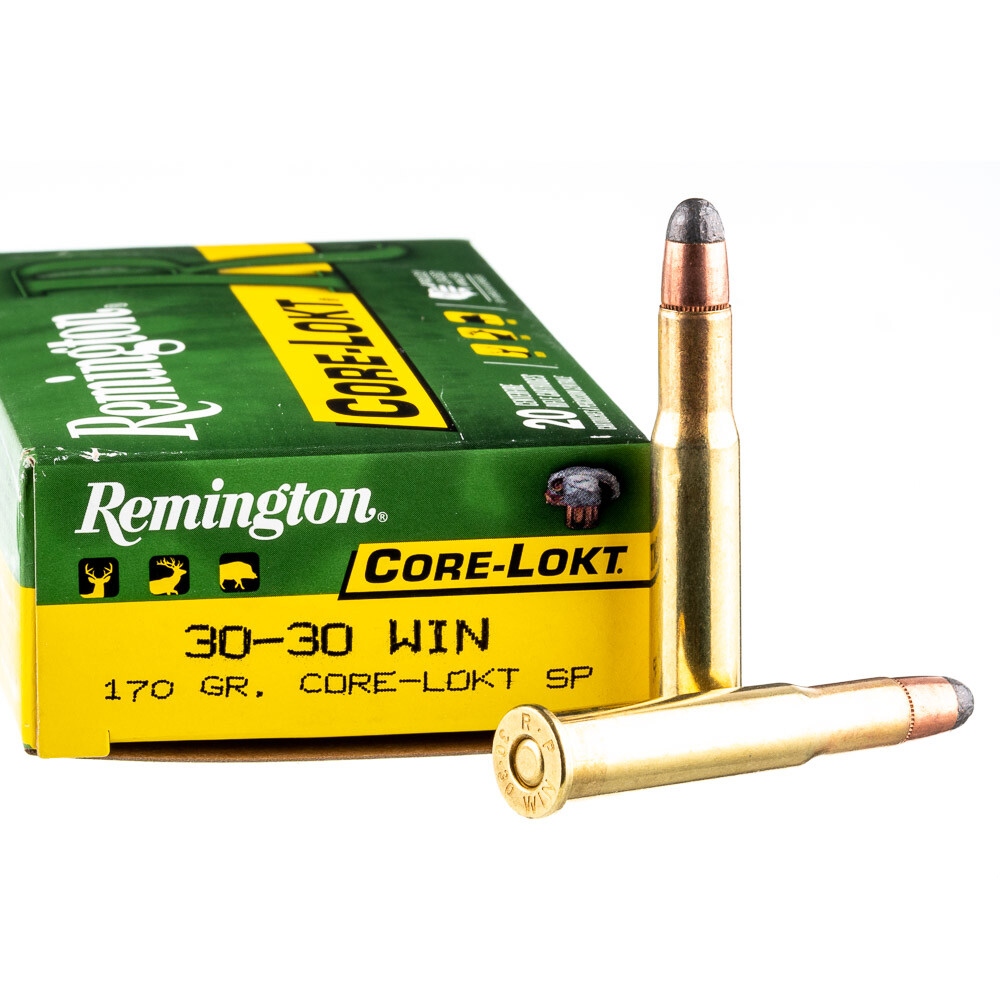
The medium-sized game falls into the deer and wild hogs category. Pronghorns should fall into this category as well. While there’s an argument to be made for Black Bears, you probably should consider a larger caliber.
The 30-30 ammo is very versatile and it’s a lot of fun to shoot!
However, if you are in bear country, you should have a larger caliber, such as the .444 Marlin nearby, just in case you need it.
Rifle Care and Maintenance
Rounding out our Idaho Rifle Essentials 101 Class – Beginner Rifle 101 Course is a lesson in caring for and maintaining your pistol for a lifetime of enjoyment. While many rifles are available, they essentially share similar mechanisms and components that need to be cleaned and oiled regularly. Your primary needs when considering a gun cleaning kit are:
- Cloth Patches
- Cleaning Rods and Attachments
- Bore Brush
- Bore Tips for Patches
- Small Brush
- Gun Cleaner and Oil – Some cleaning options include an all-in-one approach
- Soft Cloth
No matter how often you shoot or don’t shoot, it’s essential to establish a cleaning routine for your rifle. It is recommended the rifle be cleaned after each visit to the range, but that depends on how much ammunition you used during your stay.
It’s essential to clean, oil, and maintain your rifle at least once every three (3) months, less is needed if you use it only during hunting season. Remember that rifles are mechanical devices – you don’t want them to fail when you need them. Dust accumulates quickly, even when your firearm is sitting in your safe. Optics get dirty and can fail if not cleaned and kept in good working order, including any batteries that need to be changed. By ensuring your rifle is cleaned, oiled, and properly maintained it should last you a lifetime and be ready for use when needed.
Keep Idaho Rifles Secure At All Times
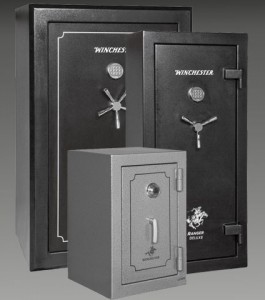
You hear it all the time, you see it in the NEWS almost every day – a mass shooting takes place. Blame the guns, and take them away; it’s for everyone’s safety.
Only criminals will be armed if we allow the government to confiscate our guns. It is every gun owner’s responsibility to keep their guns secure.
We must demonstrate a reasonable, responsible, and common sense approach to securing our firearms from theft and being used in a crime. This means we must always keep them in a safe, locked, and secured location.
This Is A Two Training Class!
Why is this a 2-day course? Our Idaho Rifle Essentials 101 Course is the best training you will receive in Idaho, there are no shortcuts in learning how to properly own and use a rifle.
Where Training Meets Technology, we train using Modern Gun Training Techniques which all but ensures you will know everything you need to know by the end of class. We want you to be completely trained when handling a firearm.
Indoor ranges in Idaho do not accommodate outside instructors which makes no sense – we are literally bringing them, customers! We have chosen to utilize one of the several outdoor ranges in the Treasure Valley who appreciate us bringing them, customers.
Indoor ranges are loud, really loud. You cannot hear the instructor while training and are extremely restrictive with what we can teach.
Outdoor ranges provide freedom of teaching without the loud distraction you experience when training in an indoor range. We can take our time training – there’s no rush – you’re not paying a lot of money per hour, students can hear us, there are little to no distractions, and there’s no need to rush you through the skill-building portion of class. You learn in a safe, comfortable, and fairly quiet environment.
Outdoor ranges in Idaho are extremely hot or cold in the late afternoons which distracts new students from concentrating.
Prerequisites:
- NONE
Adherence to the primary safety rules must always be followed.
- Keep the Firearm Pointed in a Safe Direction.
- Keep the Firearm Unloaded Until Ready to Use.
- Keep Your Finger Off The Trigger Until Ready to Shoot.
- Know Your Target and Beyond.
- No Drugs, Alcohol, nor Cannabis are Allowed At The Range.
Equipment:
Day 1: Classroom – Saturday
- A personal rifle of any caliber, cased, secured, and free of ammunition.
If you do not own a rifle, we recommend taking this course before purchasing one. Rifle rentals are available, including ammunition, during check-out.
- Rifle Case. Preferably lockable for transportation purposes.
- Training Cartridges (Dummy Rounds): At least 5 Training Cartridges in the correct caliber are needed for this class.
- Don’t forget, if you have two different caliber rifles, you will need two different-sized training cartridges.
- Can be found at local sporting goods stores or online. Purchase ahead of the class, so you have what you need – this is not a last-minute purchase item.
- Two-Point Rifle Sling.
- 2-Additional Magazines for magazine-fed rifles.
Estimated Class Time: 6 Hours
Day 2: Range Day – Sunday
What to Bring:
- A personal rifle of any caliber, cased, secured, and free of ammunition.
- Rifle Case. Preferably lockable for transportation purposes.
- Training Cartridges (Dummy Rounds): At least 5 Training Cartridges in the correct caliber are needed for this class.
- Don’t forget, if you have two different caliber guns, you will need two different-sized training cartridges.
- Can be found at local sporting goods stores or online. Purchase ahead of the class, so you have what you need – this is not a last-minute purchase item.
- 2-Additional Magazines for magazine-fed rifles.
- Two-Point Rifle Sling
- Suitable Eye Protection. This can be wraparound eyewear, polycarbonate lenses, or non-shattering prescription glasses.
- Suitable Ear Protection. We recommend electronic noise-canceling earmuffs, but earplugs are acceptable.
- Beverages for Hydration.
- Bring a sack lunch & snacks for breaks. Lunch and snacks are allowed at the range – food is not allowed on the firing line. There are no food accommodations nearby.
- Wear appropriate clothing for the weather.
- Sunscreen or jackets when needed.
- Head Covering if needed.
- Bug Spray for the critters.
- Suitable and Comfortable Footwear, no open-toed shoes are allowed.
- No V-Neck or similar Shirts are allowed.
- 100 Rounds of Quality, store-bought ammunition is the average amount fired. (no tracers, steel, or reloads allowed – ammunition to remain in your vehicle at all times).
Optional but highly recommended:
- Knee Pads – for range day and private shooting drills afterward.
- Small Personal Canopy during the summer season when temperatures are expected to be high.
- Folding chair and a small folding table to create your workstation (bench).
Estimated Length: 4-6 Hours
Benefits of Continued Training

Learning the basics of rifle shooting is the first step to understanding your rifle, and how to handle it safely, shoot, maintain, and safely store it securely, but, there’s much more to be learned.
Your next step on the path of rifle skill development skills is to come back for our Idaho Rifle Essentials 102 Course, which focuses on how to shoot more accurately. You spend less time in the classroom and more time at the range training.
Idaho Rifle Essentials 102 introduces and focuses beyond fixed iron sites by introducing rifle scopes and accessories. Like our Idaho Pistol Essentials 102 class, the rifle essentials 102 course builds on your newfound skills. By the end of this course, you will be shooting with complete confidence during your next hunting adventure.
